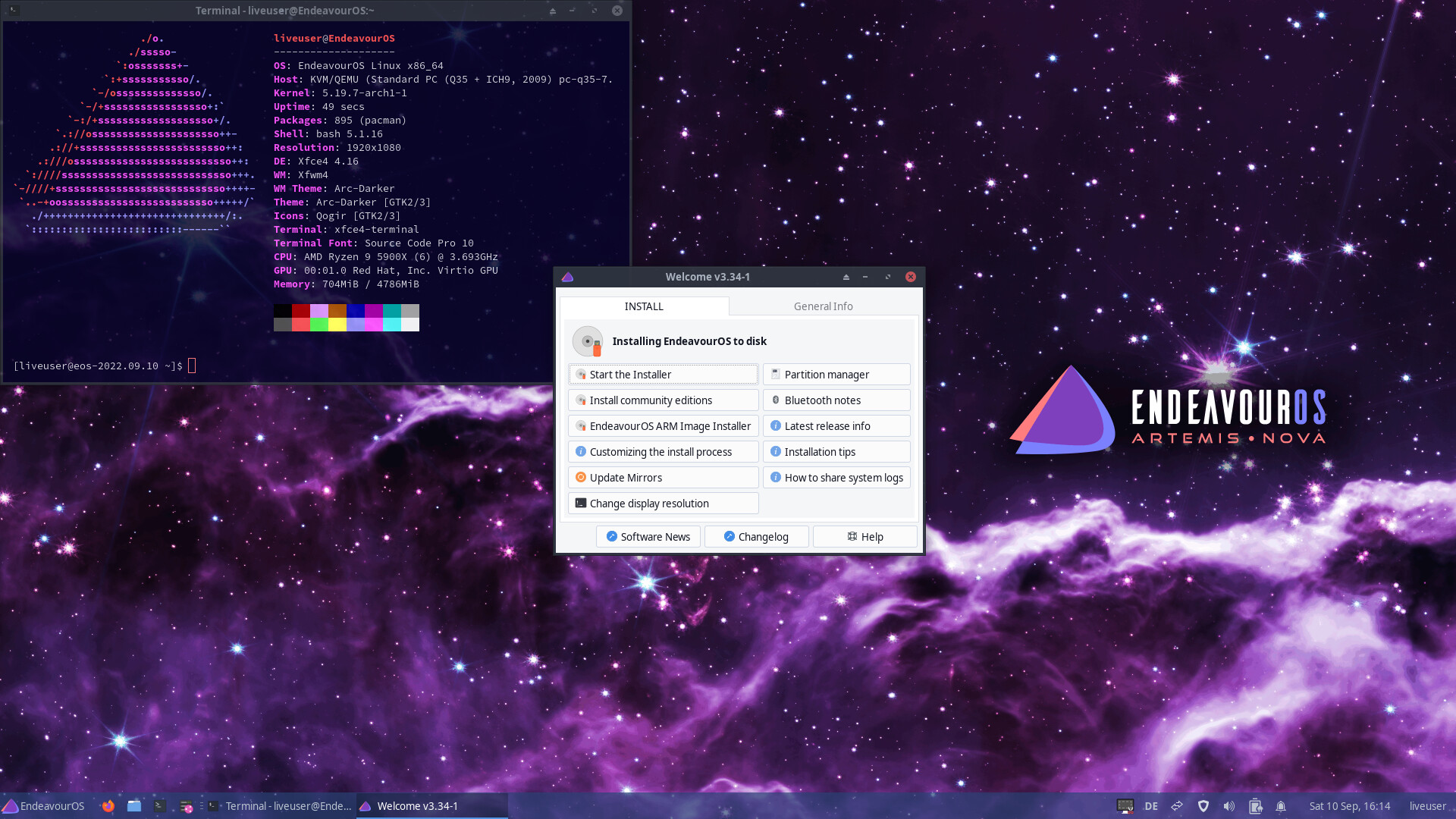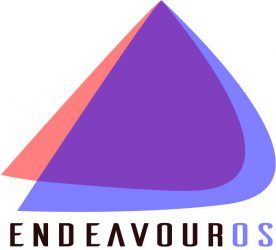

- #ENDEAVOUROS INSTALL#
- #ENDEAVOUROS SOFTWARE#
- #ENDEAVOUROS ISO#
- #ENDEAVOUROS OFFLINE#
- #ENDEAVOUROS WINDOWS#
Included Software and FeaturesĮndeavourOS is not quite as minimal as Arch Linux, but it’s definitely more minimal than many other distributions. It really doesn’t get much easier than this. The Calamares installation utility found in numerous other distributions is the one used here, and it makes installations such a breeze.It took less than five minutes to install, and there was not a single hiccup or issue. The EndeavourOS installation from a live-usb that I created was extremely simple.
#ENDEAVOUROS ISO#
There are also community Editions available through the installer on the same ISO that support other desktop environments during installation, so unless you use some pretty obscure environment, good chance your favourite will be available.įor this installation and review I opted for KDE Plasma.
#ENDEAVOUROS OFFLINE#
The offline installation comes with a customized Xfce desktop that actually looks really nice in my eyes, and is well organized and designed, or you can use the online installation option and choose your environment of choice during the installation process. There are some, yes, a few handy utilities or extra packages such as the amazingly awesome yay command line utility for package installation from both Arch repos and the AUR in an easy to use wrapper, but I would say that EndeavourOS installs 99% pure Arch Linux.ĮndeavourOS can be installed either offline or online from the same ISO. Rather than using separate repositories like Manjaro for example, EndeavourOS uses the Arch repos, and includes very few packages of their own. It's simple and clean, but not as extremely minimalist as Alpine Linux.You can check out the review of #1, MX Linux, here.įor those unfamiliar with the distro, it’s about as close to vanilla Arch Linux as you can get, without installing Arch itself. It doesn't include all the baggage of the big name distros' cross-platform packaging tools, software stores, and so on, or fancy custom desktops such as Pop!_OS's COSMIC or Elementary's Pantheon.
#ENDEAVOUROS INSTALL#
It's as straightforward to install as any standard distro, meaning that it's considerably easier than Arch itself. We still wouldn't recommend a rolling-release distro to a total Linux beginner, but if you have a little experience and want to learn more, EndeavourOS seems like a happy compromise. And as ever, there's the excellent ArchWiki to turn to for guidance. The Yay AUR installer can ask quite a lot of questions, but if you just keep tapping the Enter key, the defaults seem to do the job: everything we tried installed and worked successfully. We tried installing a few apps from the standard repos and from the AUR, such as the htop tool, Nvidia drivers, the Tilde text editor, and Google Chrome. This should please the more traditionalist Linux users. The Xfce installation is based on traditional X.org (version 21.1.3), with no trace of Wayland to be seen. The distro is systemd-based, but by default, neither Flatpak nor Snap are installed, and there's no software store.
#ENDEAVOUROS WINDOWS#

The OS boots quickly, updates quickly, and feels snappy and responsive. The Grub screen is graphical, complete with more purple-hued wallpaper. Updating EndeavourOS is quick, and although the updater is text-based, we enjoyed watching multiple downloads happen in parallel.

Impressively, there are Community Editions with even more choices, with options for OpenBox, Deepin, and additional tiling environments: Sway, BSPWM, Qtile, LeftWM, and the homegrown WORM. Installing online presents a wide choice of desktops: Xfce, KDE Plasma, GNOME, MATE, Cinnamon, Budgie, LXQt, LXDE, and the i3 tiling window manager. An offline installation doesn't require any internet connection, but you get the same Xfce desktop as the live environment. When you run the installation program, it asks which of its two modes to use: offline or online. That's not as smooth as Elementary OS, which just installed the right drivers, but the identification and info were correct, which is the next best thing. On our relatively elderly hardware, this still booted into the Xfce desktop fine, but with a warning message that our GPU was too old and needed the version 390 legacy drivers. The ISO is a little under 2GB in size, and its boot menu includes an option to use current Nvidia drivers.

We tried the latest release, 22.6, code-named Artemis, in a VM and on an old ThinkPad W520, and it installed without a hitch. EndeavourOS Artemis comes with a neatly configured Xfce desktop, themed in purple


 0 kommentar(er)
0 kommentar(er)
